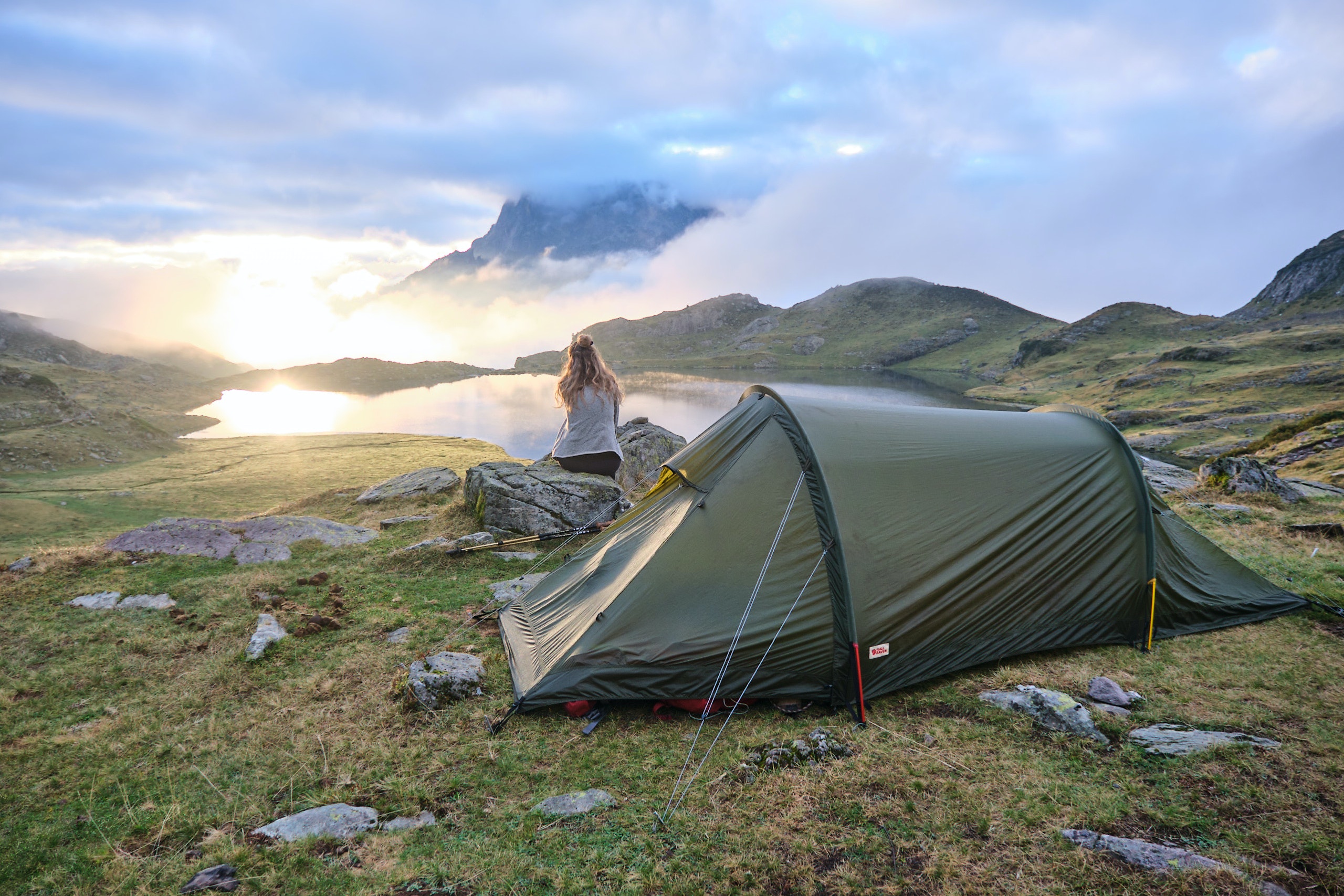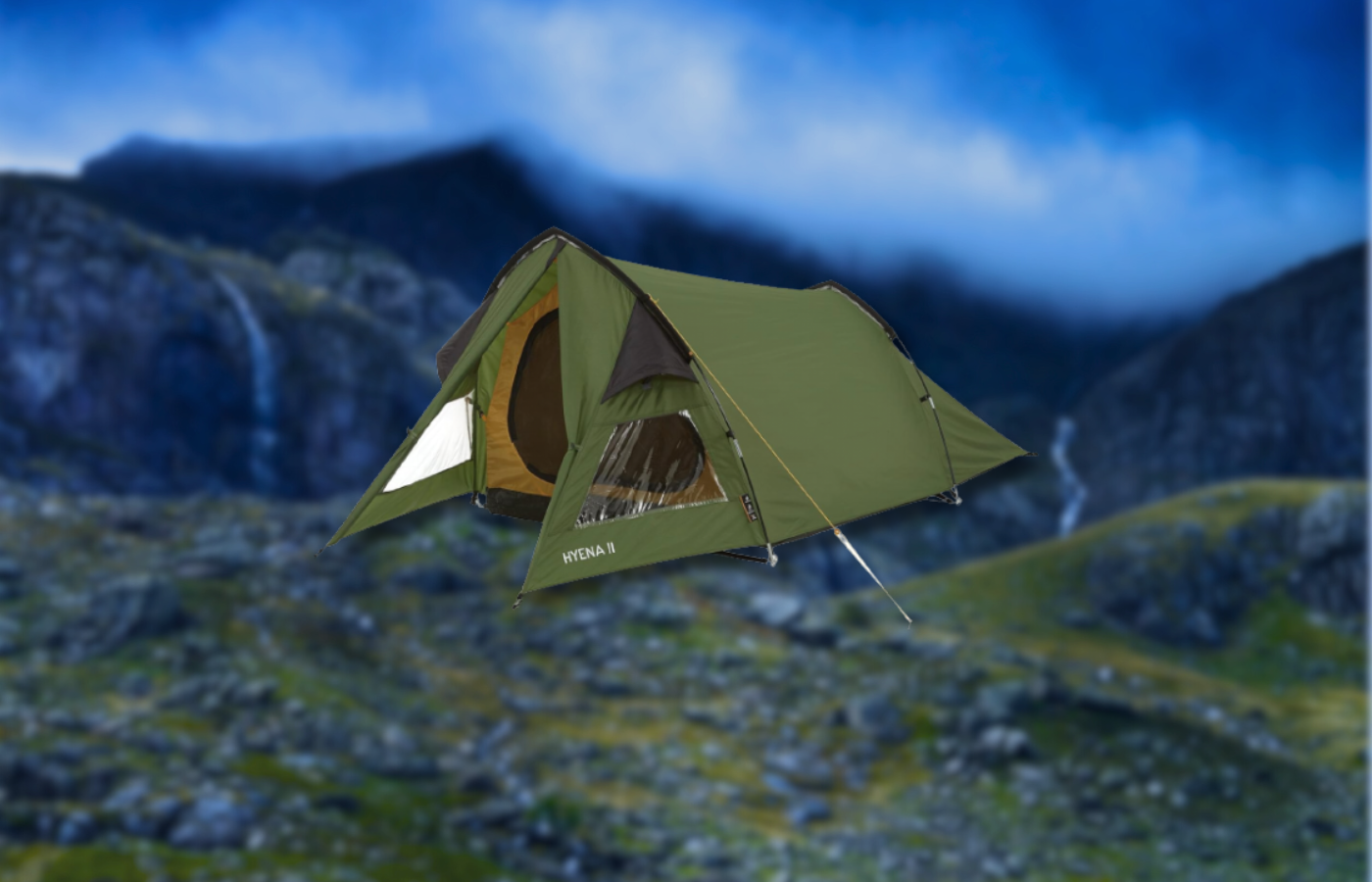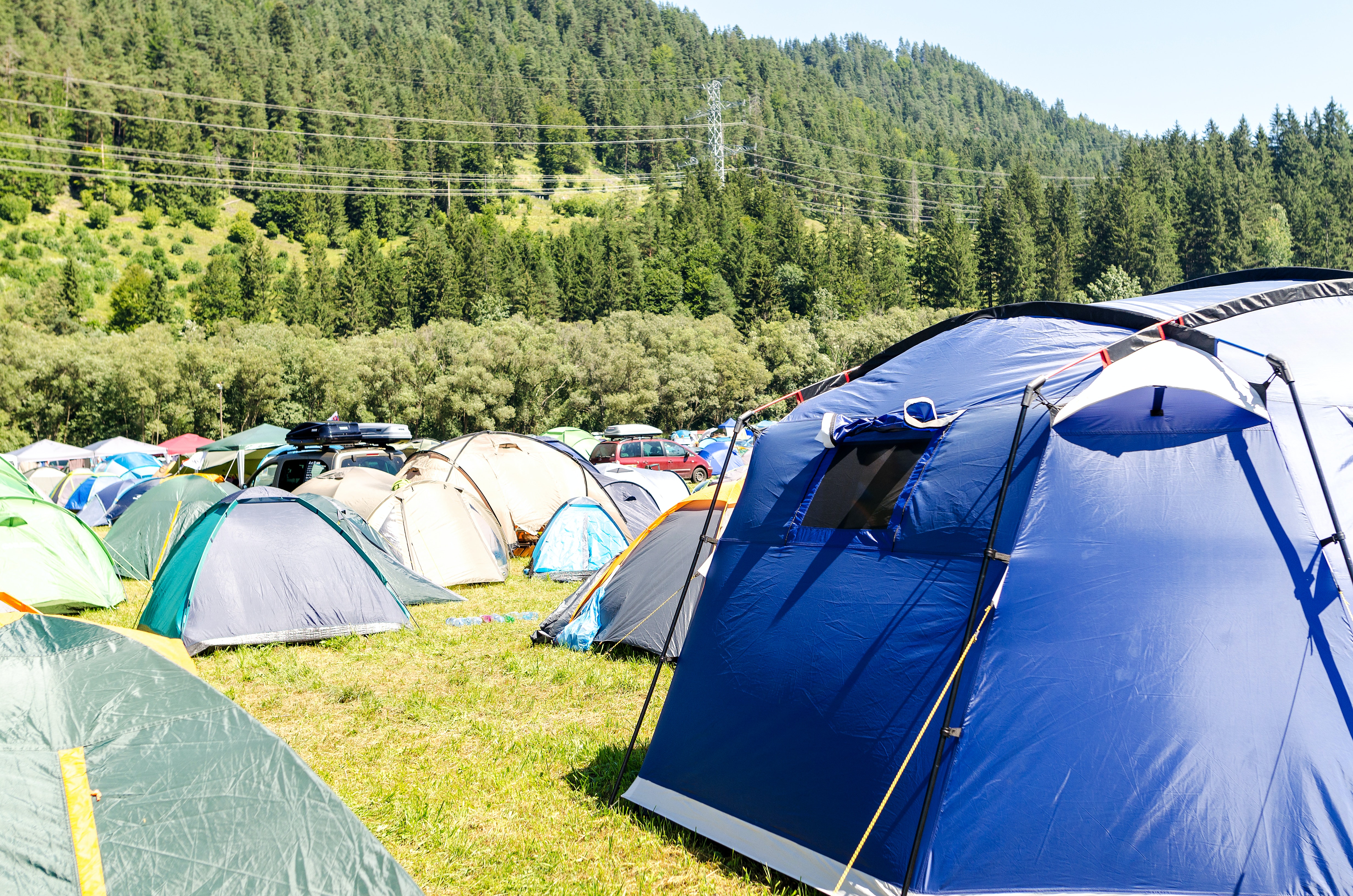



Wild camping was once firmly in the domain of those who would happily drop a few hundred pounds on the counter of their local outdoor shop in order to save a couple of grams on their camping gear. But with the increase in popularity of wild camping, coupled with advances in technology and the affordability of tents, it’s now very easy to get hold of a lightweight, durable tent for less than £100 online.
But, while you’re eyeing up those affordable tents, it’s hard not to notice that there is another kind of tent out there, one that is incredibly cheap and can be pitched in about 30 seconds.
There was a time in the not-too-distant past when you would have been laughed off the side of the mountain if you had suggested it, but with advances in technology and improvements in durability and stability, maybe it’s time to ask the question again: are pop-up tents any good for wild camping?
Pop-up tents, as the name suggests, are tents designed to “pop up” almost instantly. Unlike traditional tents that require a series of poles, pegs, and a bit of patience, pop-up tents come pre-assembled and can be set up in a matter of seconds. Simply remove the tent from its carrying case, release the safety straps, and watch it spring into shape. It’s made life easier for festival-goers, beach visitors, and yes, even some campers.
But what about wild camping?

Photo by Wycher van Vliet
Let’s start with the price point. I’ve just done a quick Google search for ‘two-person pop-up tent’ and one of the first results that appears is a decent-looking tent that costs just £28.
If you’re in the market for a new tent for your first wild camping trip, it’s hard not to be tempted by something so cheap. And let’s be honest, £28 is about the same price as one of those sachets of dehydrated beans and sausages that camping shops sell.
And then there’s the ease of setup. Although most ‘normal’ lightweight tents that people use for wild camping can be pitched in around five minutes, there’s definitely an appeal to something that can be thrown up in less than 30 seconds, especially if you’re cold, wet, tired and hungry after a long day of hiking.
Yes, you can get a pop-up tent for less than £30 from some of the High Street outdoor shops, but ultimately, those tents are designed for festivals and beaches, or as something for your kids to play with in the back garden. Consider this; for £65 you could pick up an OEX Hyena II tent, and for just £35 more than the pop-up you are getting a tent with a 5000 HH waterproof rating (more on that in just a moment). It’s a tent that weighs less than 3 kg, can be strapped to a backpack and will withstand significantly worse weather conditions.
Winner = Traditional tent

OEX Hyena II tent
Although the pop-up tents are always going to be unrivalled when it comes to ease of setup, there are plenty of traditional tents that can be pitched in just a few minutes – and they are likely to be able to withstand the weather conditions.
Winner = Pop-up Tent
Pop-up tents are really designed for festivals and casual use. Inevitably, they will rip, leak and bend the more they are used, and it’s fairly unlikely that you could regularly use a pop-up tent over a prolonged period of time.

On the other hand, investing in a ‘normal’ tent would be a better option in the long run. They are designed to last and are made from much better materials. The poles, for example, are most likely made from fibreglass in a pop-up tent, and fibreglass poles can snap in high winds. A good, lightweight tent should usually have aluminium poles which are much stronger and less likely to be damaged.
Winner = Traditional Tent
There’s nothing worse than a leaky tent when it’s pouring down with rain and you are a long way from shelter.
One of the key things to look for when it comes to the waterproof capabilities is the HH rating. This stands for hydrostatic head, and in simple terms, the higher this number the better.
As a rough guide, here’s what the numbers mean:
However, it’s not quite as simple as finding the tent with the highest HH rating. There are other factors to consider. Seam construction, zips and vents also play a role in how well a tent will keep you dry. So, it’s advisable to look at the overall design and quality of the tent, in addition to the HH rating.
Most pop-up tents offer a HH rating between 1000-1500, so you could find yourself getting wet in a downpour.
Winner – Traditional Tent
For the time being, the traditional tent is still the best option for wild camping. Even budget-friendly tents are going to be more waterproof and durable than the average pop-up tent. But technology is changing all the time and I’m sure that this debate will come up again and again over the coming years.
Pop-up tents are great for festivals, for back garden camping with the kids, and for anyone who prioritises ease of setup above all else. But for anyone heading into remote or wild areas, with any chance of bad weather, a traditional tent is still the clear winner.
For more on

